The art of eating out: why the best chefs are opening restaurants in art galleries
With restaurateurs, like Jose Pizarro and Richard Corrigan, opening in galleries and gallerists opening restaurants, Clare Finney explores the places food for the heart meets food for the mind and delivers a truly satisfying feast
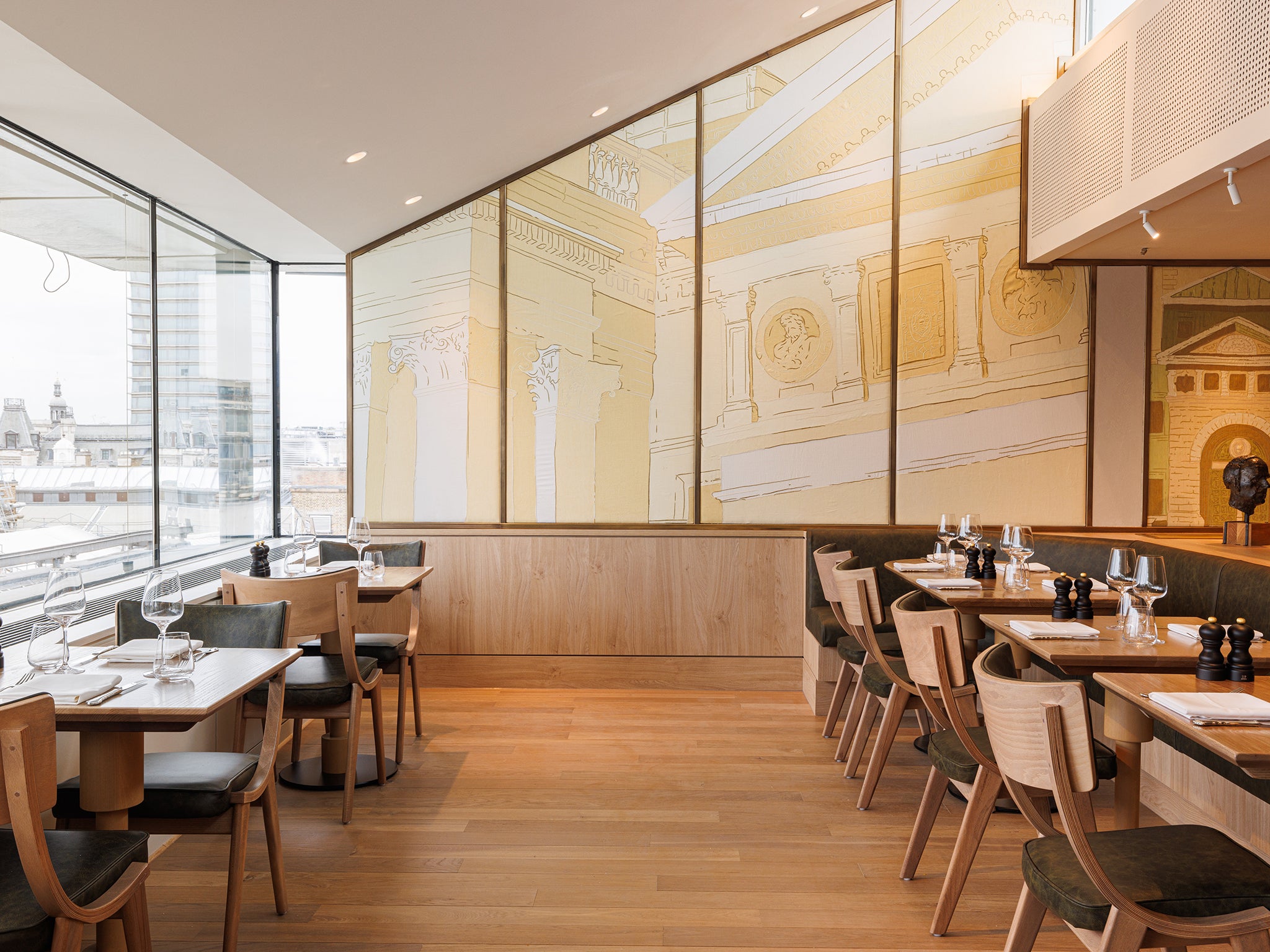
Two years ago, at 8am, chef Richard Corrigan visited the Francis Bacon exhibition at the Royal Academy of Arts, then went to The Wolseley for champagne and a bacon sandwich with the archivist who had taken him round. “I was gorged, mentally gorged,” he explains. “He was the most horrid creature in the widest world.” A glass or two of champagne and a bacon sandwich made sense.
It made sense, not just for the obvious symmetry of bacon and Bacon, but because after being mentally gorged, he needed to be physically restored; to recover from Bacon’s assault on the senses. Corrigan is one of the country’s most revered chefs, with restaurants in Mayfair, the City, Ireland and, most recently, the top of the National Portrait Gallery in London. Yet, when confronted with art as exceptional and extreme as Bacons’ lurid distortions of man and beast, he didn’t need a tasting menu of 12 courses. He needed what all of us need when discomfited: buttered bread and bacon.
“It’s a hungry relationship, between artists and chefs,” Corrigan continues – and I like the sentiment, even if I don’t fully get what it means. I like the idea, particularly within the context of Francis Bacon, that the connection between food and art is centred on appetite, before anything more highfalutin. Corrigan’s National Portrait Gallery restaurant, The Portrait, opened in the summer last year. The year before, Spanish chef Jose Pizarro opened a restaurant and bar in the Royal Academy of Arts.
At the same time, those in the art world have been making their first forays into the restaurant sphere, with Ewan Venters commissioning a series of art works for his latest restaurant, Mount St, and the founders of Frieze Art Fair opening their first restaurant, Toklas. The relationship between food and art, which has been going strong for thousands of years, is becoming official.
“In the art world, the dinner on the opening of an exhibition is the big thing,” says Frieze co-founder Amanda Sharp. “In film, it’s a drinks reception; but in art, the food is the focal point. It brings all the different constituencies in the art world who put the exhibition together.” Like Corrigan’s post-Bacon bacon sandwich, Sharp says the food most commonly served is not molecular gastronomy, but food which champions good ingredients first and foremost.
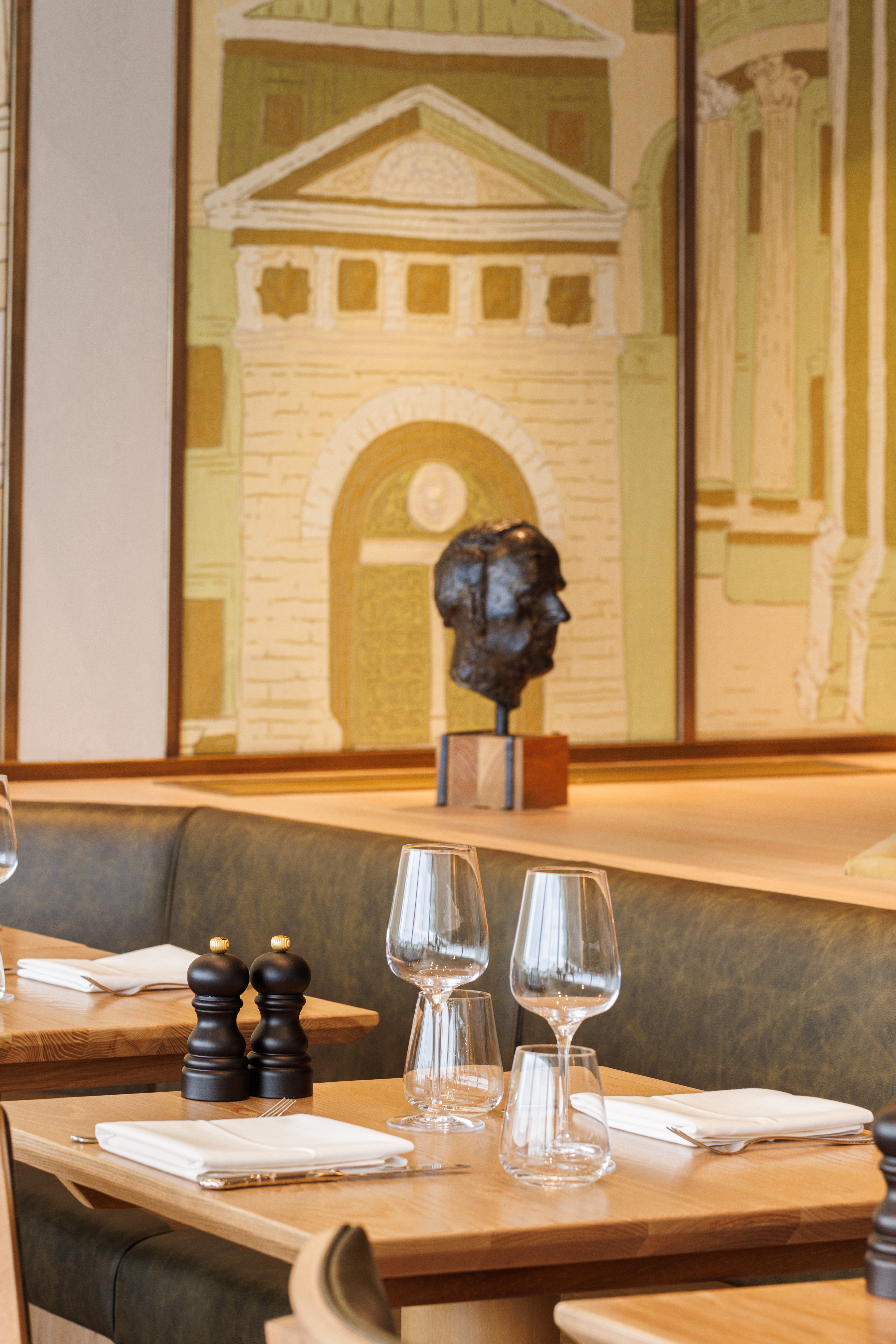
“Truth to materials is a big thing in art, and it is in food, too,” she says. “If you have an incredible orange [and they do, at Toklas, thanks to their partnership with Todoli Citrus Farm] you aren’t going to get much better than peeling it. Food and art can both be the products of very singular visions.”
Sure enough, the chefs who have most often been found curating these exhibition dinners are those whose singular visions are renowned: Fergus and Margot Henderson, of St John and Rochelle Canteen. “You can’t talk about art and food in this country without talking about Margot and Fergus,” Sharp continues. “They entertain at the point where those two subjects collide; they live the connection.”
At St John in Clerkenwell – the restaurant the Frieze founders have been to post exhibition openings more than anywhere else – “There is no art on the walls; the art is on the plate,” she says, whether that’s a salad of beetroot, walnut and ox heart or boiled egg with anchovy and tarragon. After the stimulation of seeing a new collection of art, the seasonal simplicity of St John appeals on a practical level – they are hungry and want a place and plates which can fuel a discussion of what they’ve seen – and on an philosophical one too, by offering an experience that needs no explanation.
“Art is such an elusive word, but food is the opposite. It’s a fundamental necessity, which grounds you,” says Erchen Chang, creative director of Bao restaurant group and a graduate of Slade School of Fine Art. They are different, but they are both mediums which “make you feel without speech, through sensory experience”. Bao was born of her final degree show, the illustration of a lonely man snaffling his bao, which is now the logo we all know and love, and for Chang, art and food are on a continuum.
“I still see myself as an artist – not in the conventional fine art sense, but in the sense that I create a world seen through the Bao lens. How does he eat, where does he go, what does he drink – he is the starting point for us to create new things,” she says. Restaurants – the menus, drinks, design and the food – are her means of expression.
Of course, there have been depictions of food for as long as there has been art, from Stone Age paintings of slaughtered animals, to sumptuous 17th-century still lifes, to Warhol’s soup cans and more recently Kathleen Ryan’s gem-studded “rotting” fruit sculptures. Artists have long looked to food and restaurants as mediums, as well as a means of sustenance and connecting with others in art; and in return chefs have long supported artists. “We are creatures which have a curious eye and a sense of what works; and we can both be mad,” Corrigan laughs. Cutting their culinary teeth in London in the Nineties and Noughties, he and Pizarro mixed with many artists who were making their names at the same time, and both now boast extraordinary art collections.
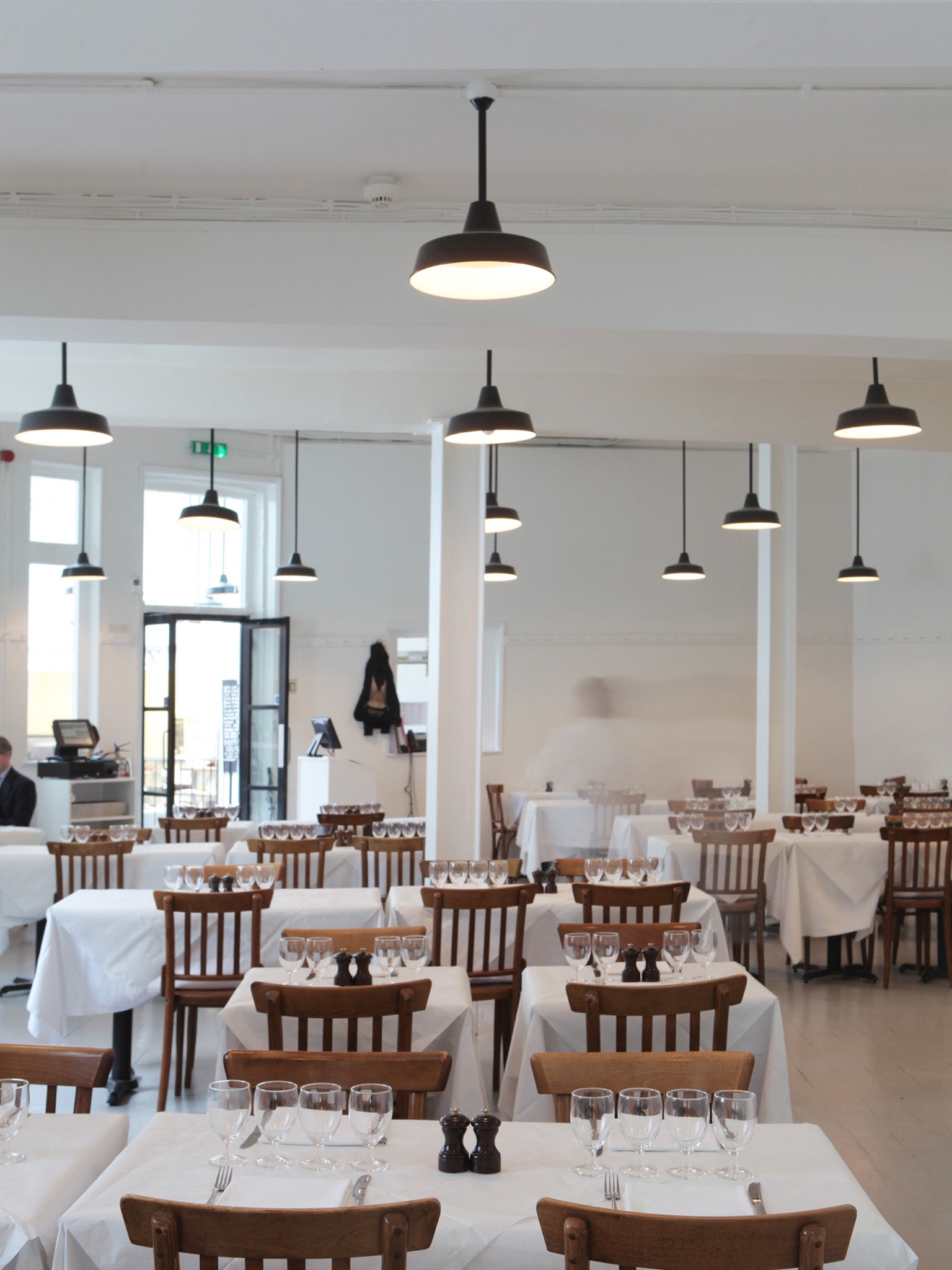
“I was so lucky to open on Bermondsey Street, and have the White Cube gallery next door,” says Pizarro, who likes the craftsmanship of artists and chefs; the reliance of both on raw materials, first and foremost. “Picasso created crazy things – but he knew first how to make the perfect portrait. The same is true for chefs: you have be able to perfect things simply before you can be more creative. You have to respect your ingredients.”
Like Corrigan’s menu at The Portrait, the food Pizarro serves at the RA is designed to stand up to, but not outshine, the art that surrounds the restaurant. It is tapas, perfectly executed, and perfectly suited to sharing along with the thoughts that tumble out of us after being moved by a painting or installation. “These galleries are places where people find space to admire, and look, and enrich themselves,” says Corrigan. “The restaurant is just part of that journey, but not more. It is the place to reflect and process.”
I talk about this dialectic with fellow food writer and author Gurdeep Loyal, a seasoned art lover who can often be found in gallery restaurants with friends, chewing over what he’s just seen. For him, a post-art meal plays a crucial role in helping him understand and process an exhibition. “The experience of going through a gallery is personal and intimate; what I want from the food and wine is something that externalises and socialises that – that brings out the internal experience I just had.” After an hour or so of being cerebrally present with the artist’s mind, he looks to food to bring him back to a more social and physical present.
Which brings me back to Corrigan’s post-Bacon breakfast, and why it stood out as the perfect example of food complimenting art. It’s not just the champagne and the decadence of having it at 8am, but the combination of it with a food which is so emblematic of messy, lived human experience. Like a funeral feast, bacon sandwiches are the sort of food which celebrates life, and continued existence after more existential qualms. It was bacon after Bacon; food for the heart after food for the mind – a toast to being together in that moment after an hour of angst-ridden internal reflection.
Top five restaurants where food meets art
The Portrait, National Portrait Gallery

Acclaimed chef Corrigan brings the country’s finest produce to the home of the country’s finest portraiture. Enjoy braised rabbit conchigliette, or poached smoked haddock with potato and egg on the top floor of the NPG, whilst looking out across London’s skyline – an art installation itself.
Jose Pizarro, Royal Academy of Arts
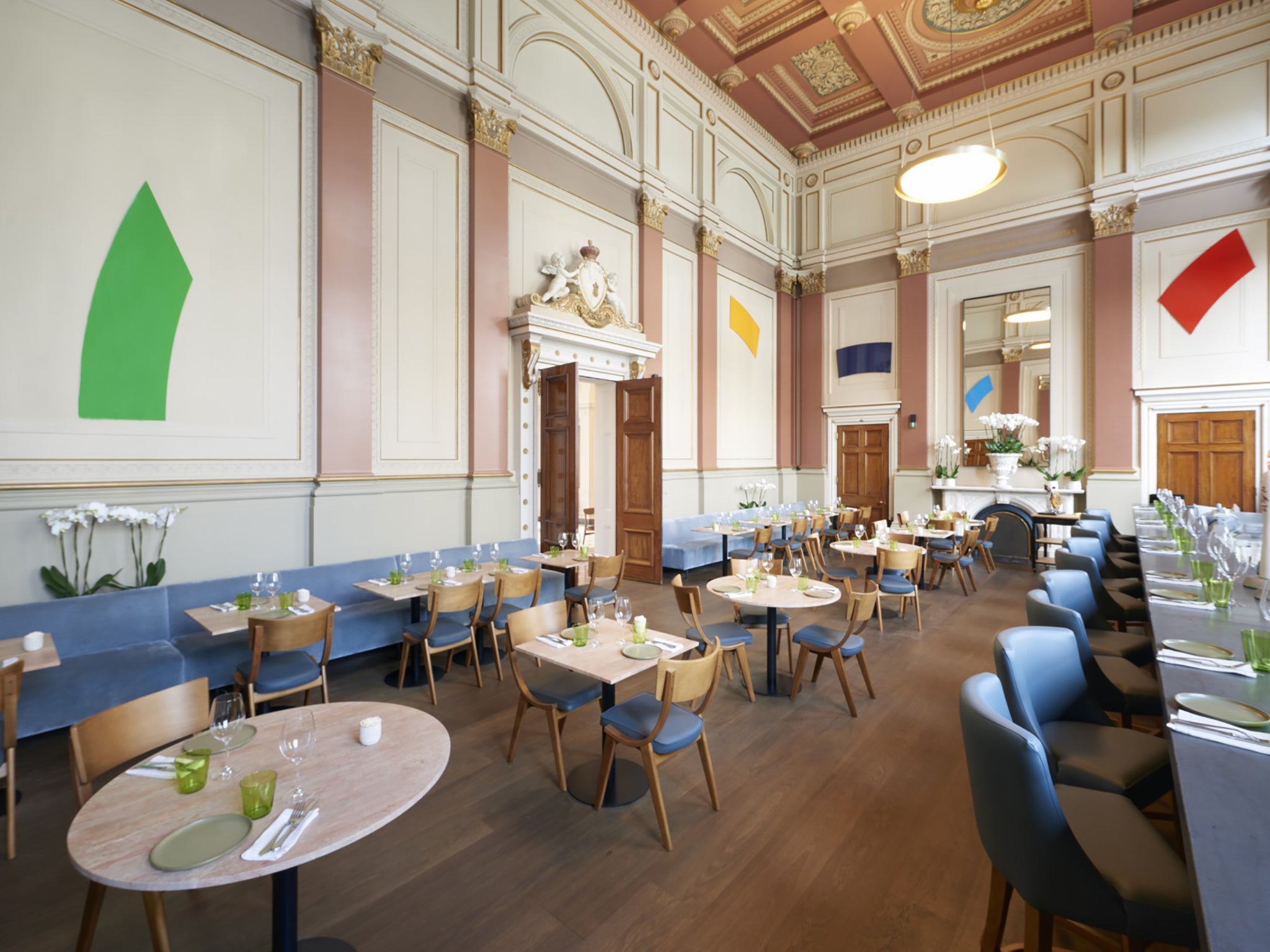
Everything you know and love about Pizarro’s classic Spanish tapas, transported into the Royal Academy’s grand Senate Room. Pore over the RA’s acclaimed sculpture and paintings, then pica pica Gordal olives stuffed with juicy orange, bunuelos de gamba with lemon ailoi or pan con tomate, washed down with Pizarro’s own gran reserva cava.
Toklas, Surrey Street
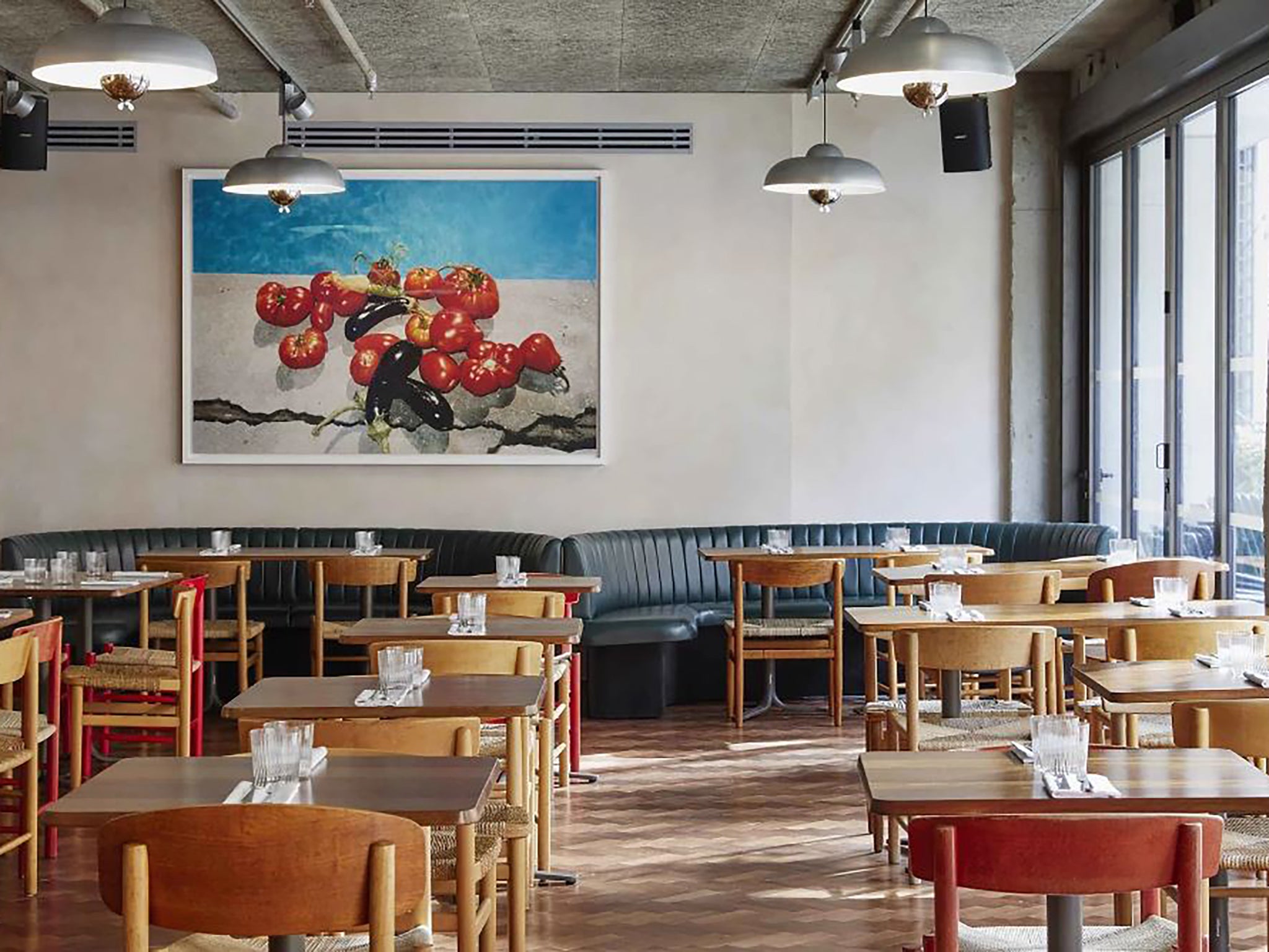
Founded by Frieze masterminds Amanda Sharp and Matthew Slotover, Toklas takes a 1970s brutalist building and fills it with colour; colour from the art, of course – a bold, brilliant still life of tomatoes and aubergines dominates the modernist dining room – but even more from the food, which celebrates and elevates the very best seasonal produce. Fish and meat appear, and put on a good show, but the meticulously sourced and lovingly served fruit and vegetables invariably steal it. The chips are the best in town.
The Red Room, The Connaught
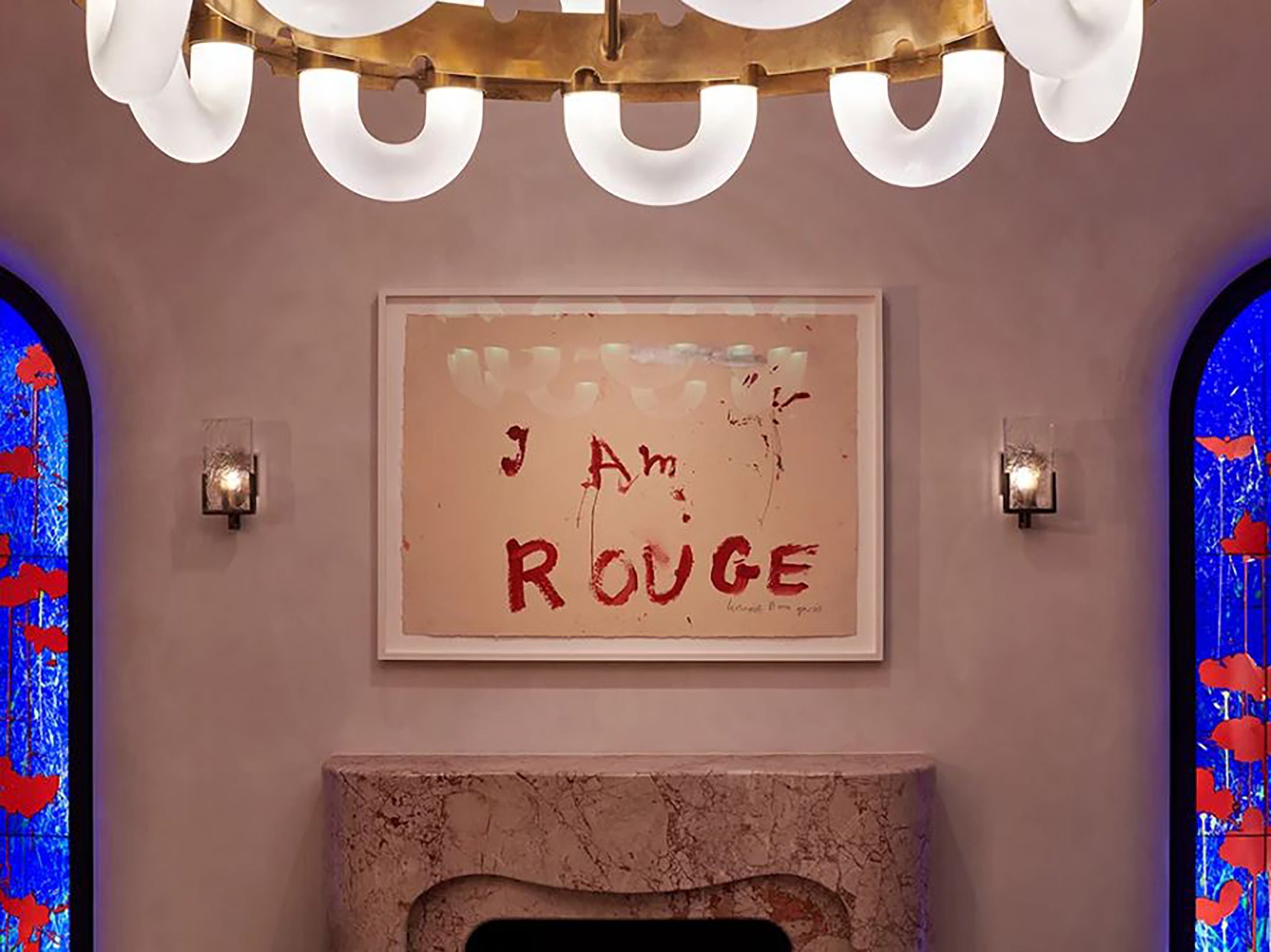
The first bar to open in the Connaught hotel for over a decade is named for its artworks, all of which are by four female artists – Louise Bourgeois, Trina Mckillen, Jenny Holzer, Ti-a Thuy Nguyen – and all of which feature a touch of crimson. Wines come from the hotel’s 30,000-bottle cellar, cocktails are wine based and are complimented by a menu of charcuterie, veal carpaccio and kale tempura and other small plates.
BAO, various locations
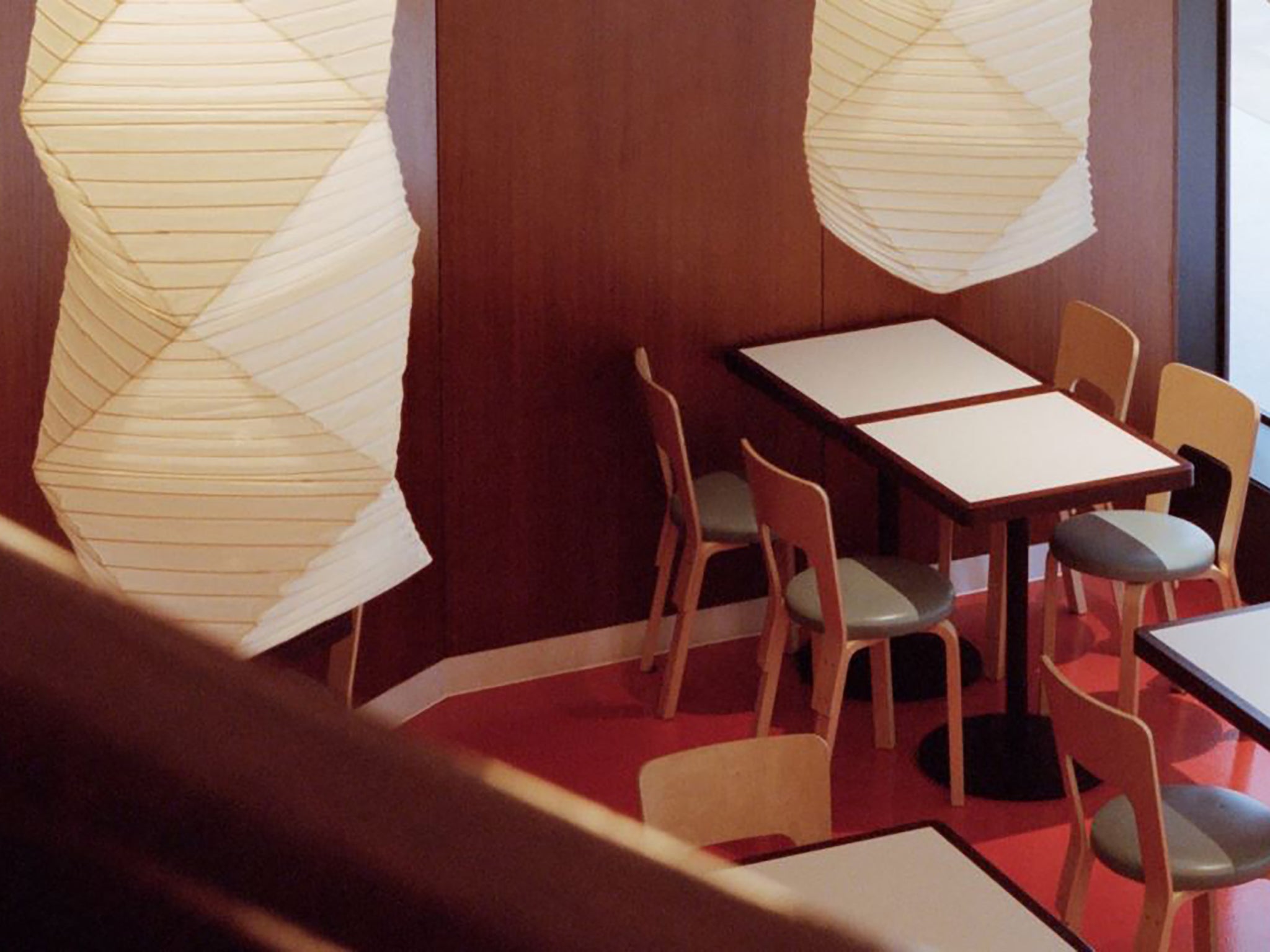
Whether it’s dumplings in Marylebone, bowls of noodles in Battersea or bao buns in Soho, you cannot dine in a Bao and escape the artistic influence of its Slade-trained founders, Chang, Wai Ting Chung and Shing Tat Chung. The whole concept has been informed by a line drawing of a man devouring a bao bun alone, both revelling in and trying to disguise his enjoyment. This motif (and spin-offs from it) pervades menus, illustrations on the walls, bespoke beers and wine – and the food of course, as enjoyable in a group as it is if you too are dining solo.






Join our commenting forum
Join thought-provoking conversations, follow other Independent readers and see their replies
Comments